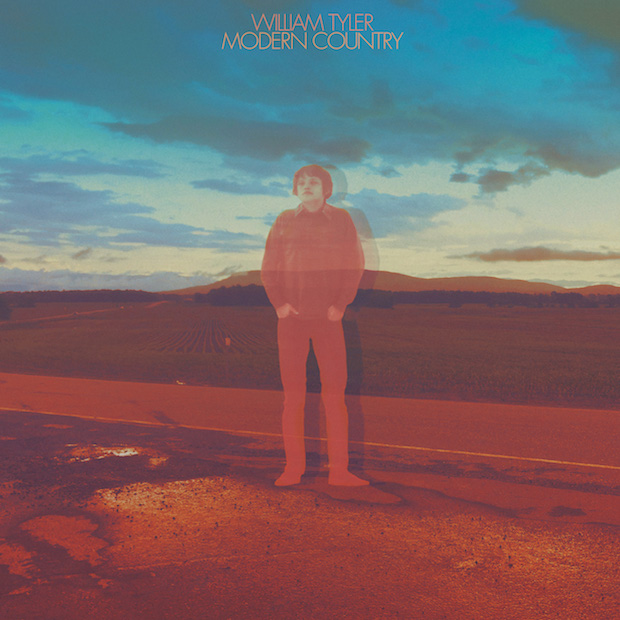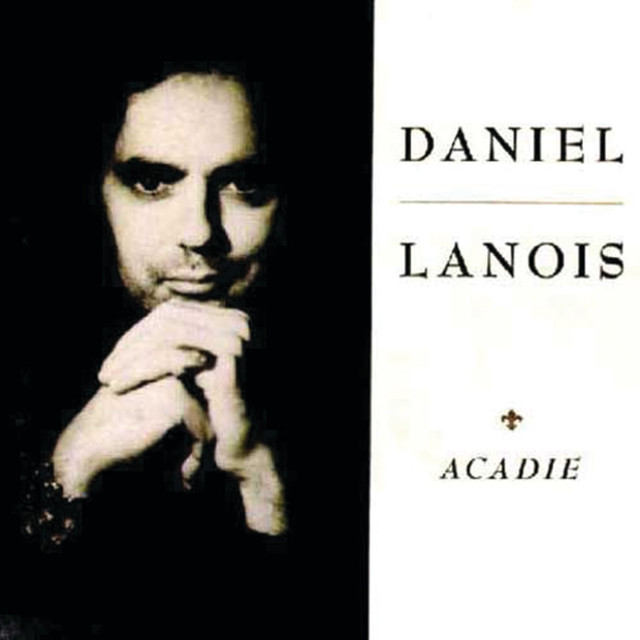Songs As a Landscape Painting
I am fundamentally a bleeding heart when it comes to listening to music that embodies the American landscape. Aaron Copland is the genesis. Listen to "Fanfare for the Common Man" and I'd be surprised if you don't imagine some grandiose naturalism like a sun rising above pink, purple, and orange formations of rock in Utah or New Mexico. Listen to "A Quiet City" and I'd be surprised if you didn't visualize a Manhattan or Chicago collectively waking up, the movement and activity of the city arising in shifts, each with their own sonic palette.
There will be no radio show on Sunday because I will be in Manhattan for New York City Ballet's Copland Dance Episodes.
The ballet for 30 dancers in 22 episodes is set to four scores by Aaron Copland: Fanfare for the Common Man, Four Dance Episodes from Rodeo, Appalachian Spring, and Billy the Kid.
I have many copies of Copland on CD and vinyl, some of them the same compositions but different conductors and orchestras. It's a special joy to listen to the same piece of music and see how it is affected by a different orchestral performance or conductor's arrangement. Tempos faster or slower. Different choices of dynamics.
It's evident how Copland's compositions are able to capture scenic content with the span of instruments for which he composed. Orchestras contribute to more detailed aural images because they have more tonal opportunities.
But I am at my roots a guitar guy, and there are a few guitarists I want to spotlight who capture this expansive American scenery in their music.

I recently learned about the artist William Tyler and his album Modern Country. At least this album of his is completely instrumental. Even the album artwork presages the visions of purple sunsets against desert rock formations with gradients of orange and yellow. The guitar is generally the centerpiece of each song, with bass, piano, synthesizers, and drums coloring the edges. The first track "Highway Anxiety" immediately recalls a sensation of a car window rolled down, an arm draped over the frame, and a movement forward through the vaguely alien landscapes of the American West. The song is vast. Others are more present. Tyler's slide work on "Albion Moonlight" is recorded with such slight reverb that it sounds like he may be playing right in front of you. This time an image or an ecological template of a slow moving mangrove forest coming to the fore. In this song I can here Tyler as an inheritor of Ry Cooder's compositions for soundtracks like Paris, Texas and Southern Comfort. Without watching either of these films, listening to Cooder's themes you can easily visualize the ecological setting of each: Paris, Texas the almost infinite horizons and low-slung piney tree lines of Northeast Texas; Southern Comfort the saturated and dense bayous of Louisiana.

Daniel Lanois's solo work are transparently evocative of his inherited home of Southern Louisiana. "Still Water," the opening track on Acadie, conjures a feeling of physical movement along a waterway of some slow-moving kind, humid, humming with heat. Lanois's acoustic chiming a persistent but calm pace across the song, the distant electric's vibrato a trademark of swampy sonics.
Like Lanois, Bill Frissell has this ability to embody specifically American landscapes by his methodical playing. Frissell is such an economical and intentional player. He provides space to each of his notes so they hang like intermittent breezes, with every new gust a change in direction.
The two-part track "Like Dreamers Do" off of Blues Dream seems to inspire an image of returning home after some long trip. The guitar harmonizing with a horn section and pedal steel, greeting the listener to a peaceful origin.
If you want to continue the discussion, send me an email or put it through the snail mail
HERE TO LISTEN LLC
PO BOX 725
BRATTLEBORO, VT 05302
You can listen to the radio show on Brattleboro's community station WVEW every Sunday at 12pm EST
Here to Listen show archives are available here
You can buy Here to Listen merch here
